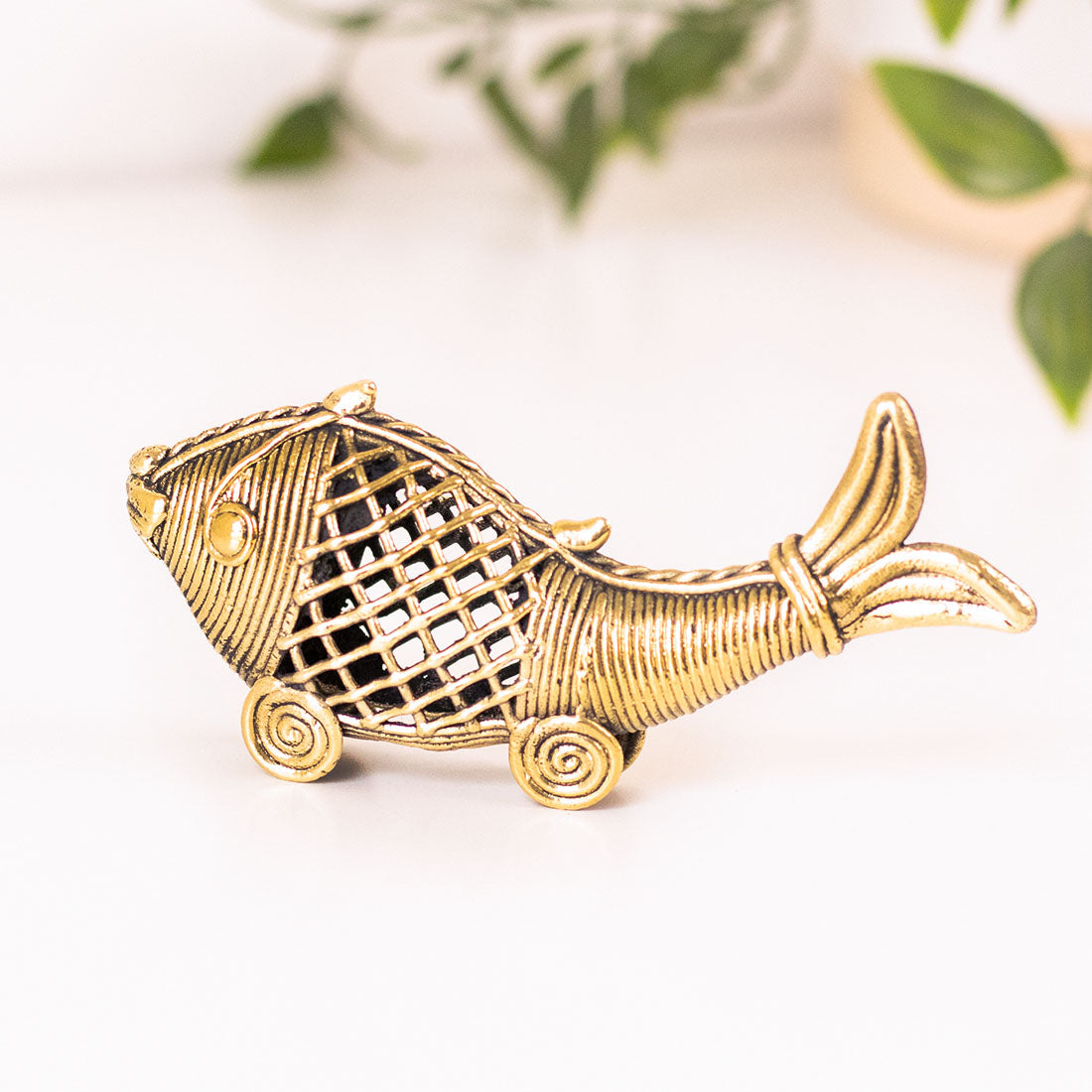When you go to the shops with the intent to buy a certain material or product, it is not just the item itself that you’re buying, but also its history - a story comes with every item. This is especially the case with handmade, naturally-sourced materials and products.
One such group is jute, which is known for its unique texture as well as its versatility. However, most people have limited knowledge when it comes to the origin of the product. Perhaps a look at how jute is made can provide an interesting perspective into the process from raw material to products you find in stores.
Retting, Rain, and Jute
Jute is obtained from the plants Corchorus Olitorius and Corchorus Capsularis, where the jute fibres are primarily concentrated near the central part of the stalk. Native to the Indian subcontinent, these plants are grown throughout the year.
Jute is grown in rain-heavy environments with the monsoon playing an essential part in the growth of the crops. Once the jute crops are harvested, it is time for the extraction process to begin. The jute fibres are extracted through a process which is known as retting, a practice where the plant is placed under slow running water continuously for ten to thirty days. This allows for bacteria to dissolve the gummy material that holds the fibre together. After retting is completed, the process of stripping begins, where workers strip the fibres from the stalk by hand. As you can see jute requires strenuous work by hand during its production phase.

The Fabric of the Future
Once the jute has been extracted it is perhaps the most multifaceted material of all. It can be thinned out and used to make silky fabrics, while in its natural form, it can be used to make anything from decor items to accessories. Civil engineers are increasingly leveraging its use as a geotextile by optimizing it as a net-like material to stabilize loose soil for road construction. To top it all off, jute is one of the sturdiest materials out there and is completely biodegradable. At the same time, when made available in fashionable colors and designs, you get multipurpose accessories in jute.
Some of these options can be found in Svadia’s Classic Jute collection, with three exclusive handmade pieces that are sure to carry their rich history when you buy them. From the multipurpose Classic Jute Shopper which is great for carrying everything such as groceries to files or your laptop, to the bright Jute Clutch which is sure to be a reliable companion, to hold your keys, cards and phone, the Classic Jute collection is sturdy, stylish and sustainable!

